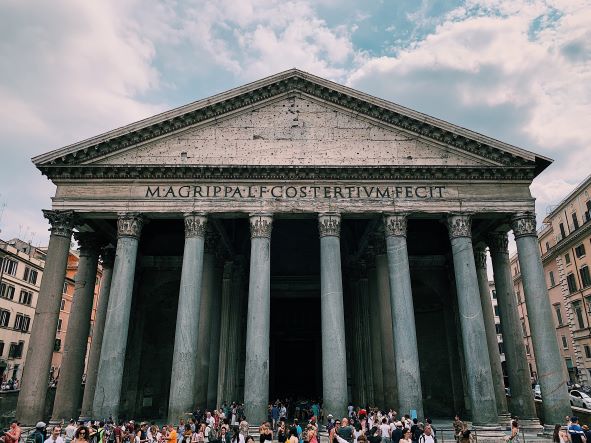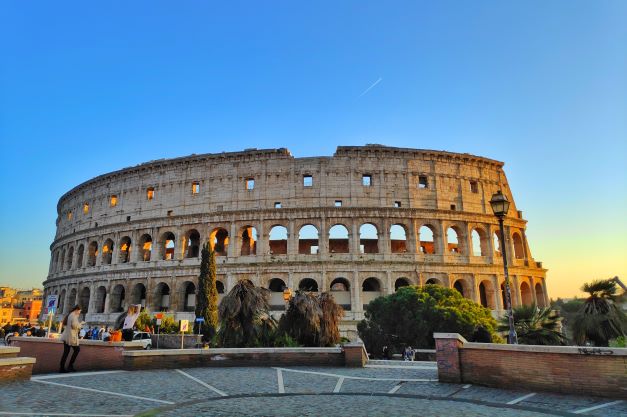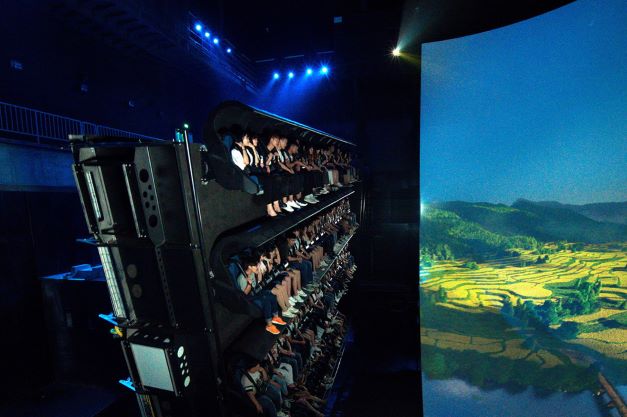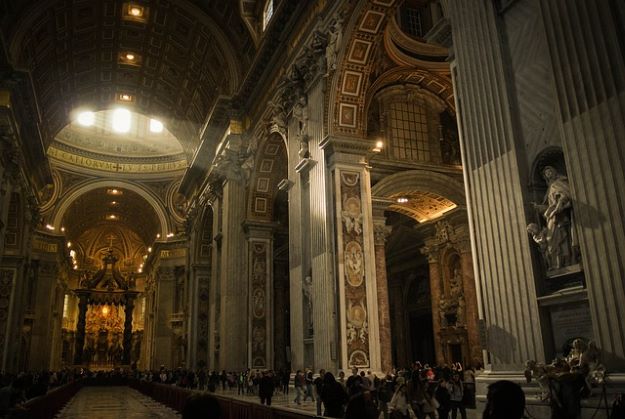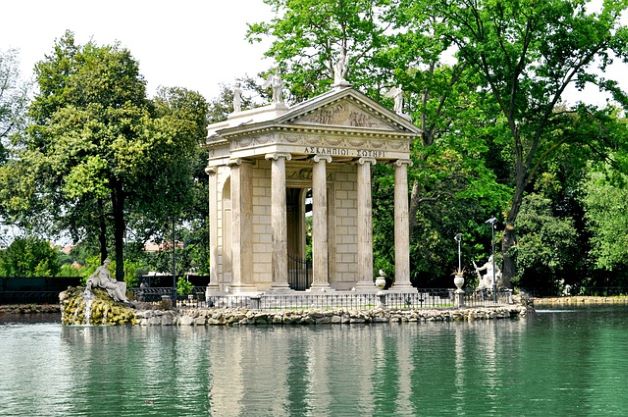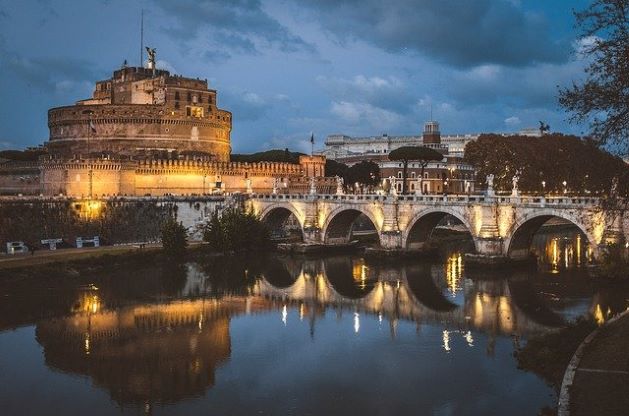Why to visit Pantheon
In Rome's city centre, the Pantheon is one of the most well-known Roman structures. Marcus Agrippa ordered the construction of the Pantheon in Rome to begin in 27 BCE. It is one of the few ancient Roman structures that has remained totally intact. After Agrippa's edifice was devastated by a huge fire in 80 CE and again in 110 when it was struck by lightning, the current temple and its characteristic round dome were not erected until the 2nd century, under Emperor Hadrian.
The dome's entrance is 8.7 metres in diameter and lets in a unique amount of light (as well as rain at times). This 'oculus,' in addition to providing light, was a purposeful element to Hadrian's design, allowing visitors to the temple to have direct contact with the heavens. The whole dome is 44.4 metres in diameter and is the world's largest unreinforced concrete dome. The diameter is significant since it is the same as the distance between the floor and the oculus. The dome is over seven metres thick at the margins, and is built of strong rock kinds. The dome at the oculus is barely 1.2 metres thick, and it is primarily composed of light pumice. Originally, the Pantheon's ceiling was made of marble.



